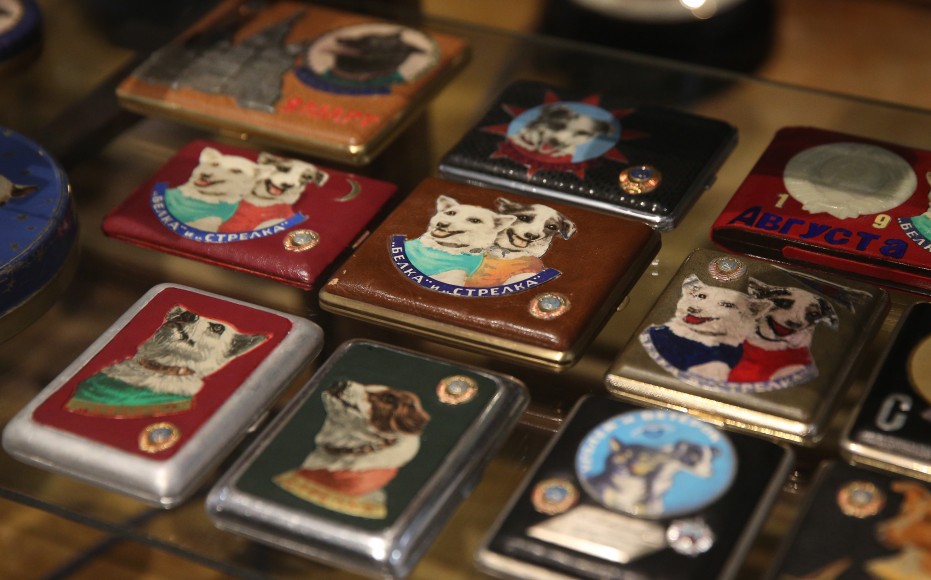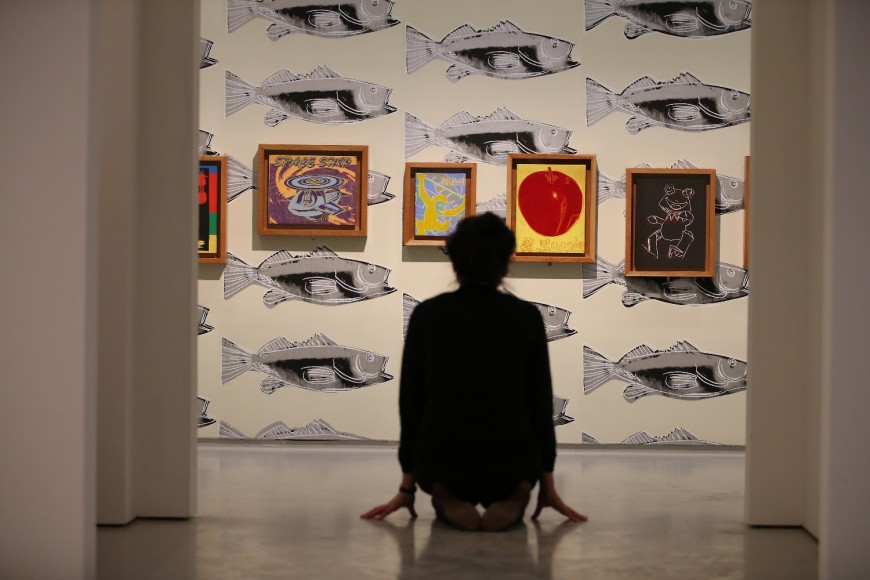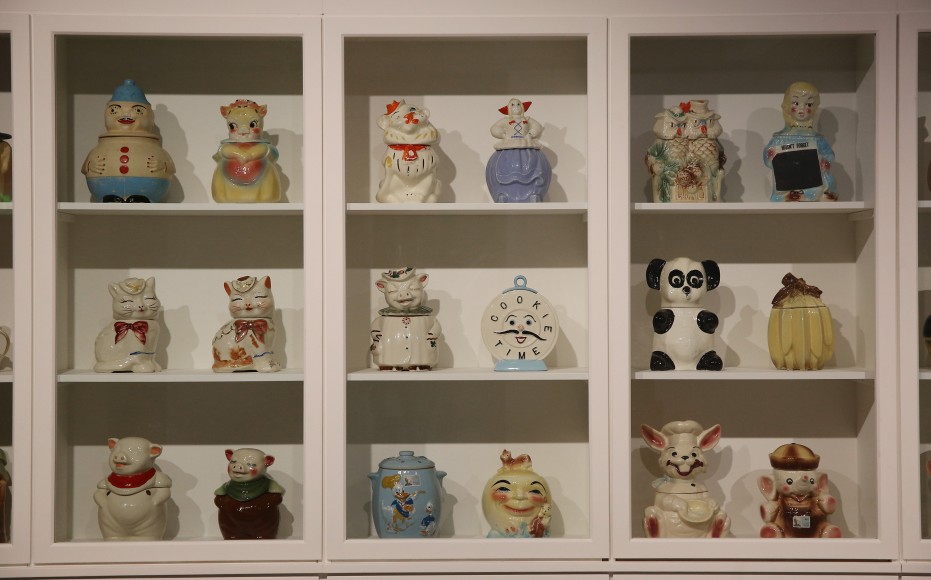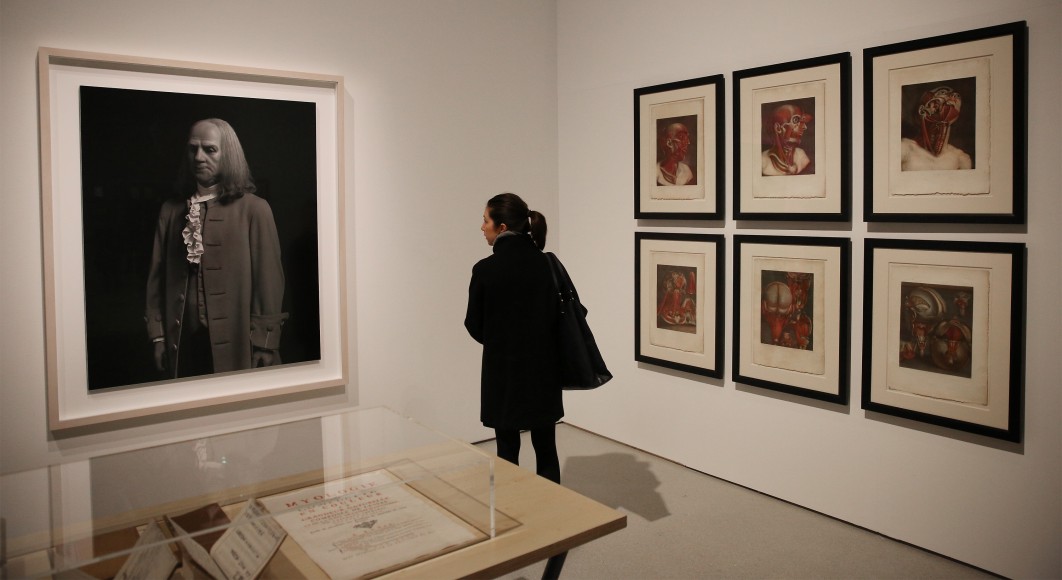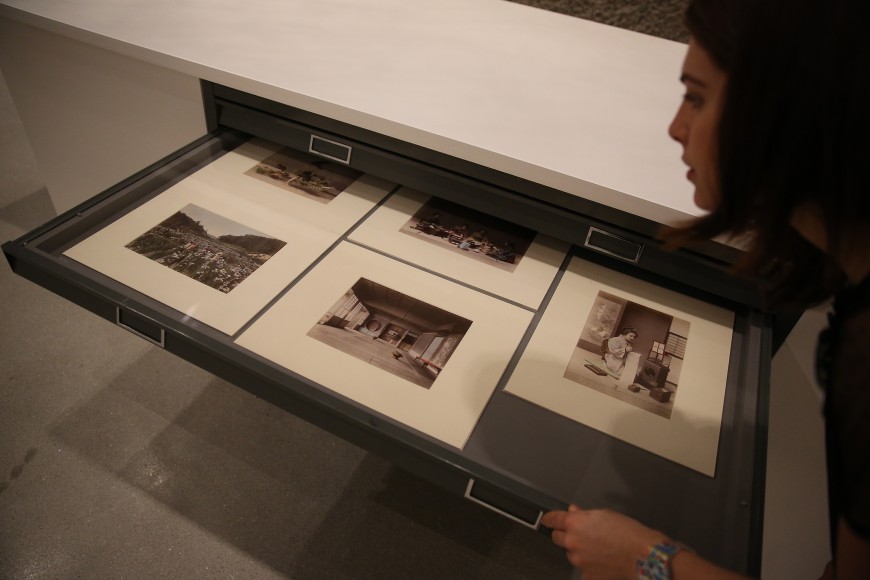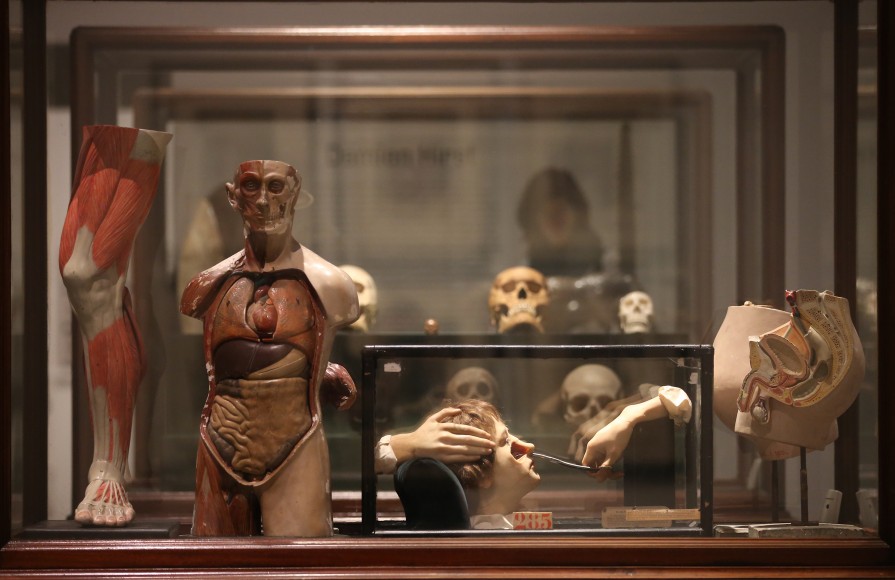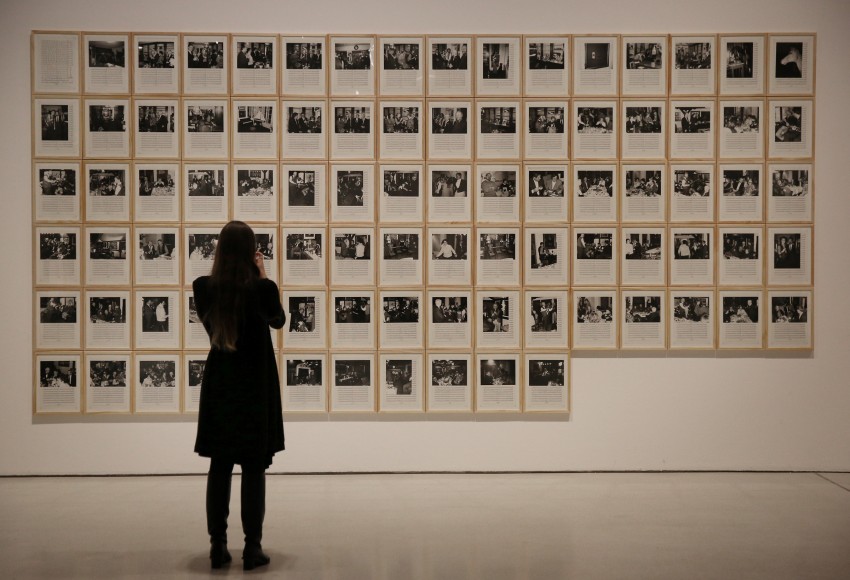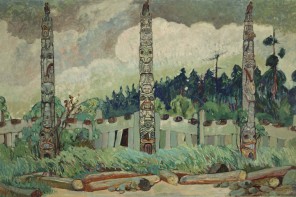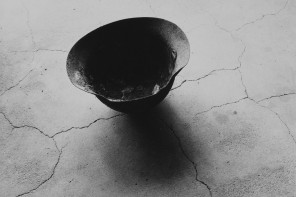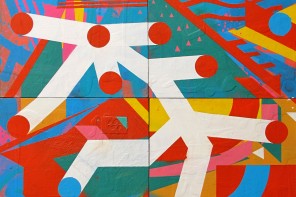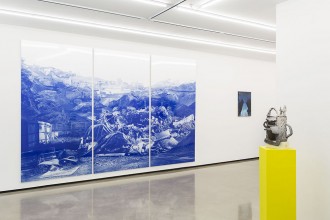“Why do we keep things?” was one of the questions raised by the Venezuelan curator Luis Pérez-Oramas during the 30th Biennial of São Paulo, in 2012. Under his curation, the Biennial that year, which I had the chance to attend, was marked by the inclusion of artists whose works were characterised by a certain obsession to organise and accumulate things. Responses to this question, he explained, are always very subjective. Still, he left us with this reflection: “I think it’s important to know why you want to be alone with something.“
Accumulate, clutter, collect. What is the line between these concepts? The exhibition Magnificent Obsessions: The Artist as Collector proposes—through 14 artist-collectors and about 8,000 objects—not only the relationship between the act of collecting and the artistic gesture, but also an analysis of this natural human desire to hoard. Unlike the São Paulo Biennial, the collections on show at the Barbican include artists’ work alongside the everyday objects they collect.
The exhibition recalls the sixteenth century wunderkammer, knows also as the ‘cabinet of curiosities’. Owned by aristocrats, such cabinets arose as a way of grouping and categorising subjects of interest such as botany, taxidermy or science; and also as a symbol of status.
The owners of these “wonder-rooms” seemed to take a great pleasure in lavishing attention upon their impressive collections for the audience of high society as a way to reaffirm not only their possessions but themselves as well. No wonder, when we look at a collection we might have the feeling that we are actually looking at the collector. As Damien Hirst stated: “I think of a collection as being like a map of a person’s life.”
The first artist-collector we face when entering the exhibition is the Japanese photographer Hiroshi Sugimoto. His elegant collection is marked by an interest in nature, mathematics and anatomy, including clinical prints by Gautier D’Agoty (1746), cabinets with surgical instruments, the classic book Opticks by Isaac Newton (1704) and animal fossils of the Jurassic period. Those objects would act, in the artist words, as “mentors” and “hints to the secrets of human history”.
Beside these, human skulls and vintage taxidermy like a Somali stuffed lion (c. 1880) are displayed. There is no doubt that this collection is owned by an artist whose practice hovers on the balance between life and death: Damien Hirst. His private museum of natural history gives us even more clarity about the origin of his work. His piece Last Kingdom (2012), acts like a glass cabinet filled with butterflies, moths, spiders and beetles aligned systematically. Arranged that way, their presence emanates a sumptuous aura like little immortal gods.
Sol LeWitt and his collection are arranged next. The American used to exchange objects with other artists whose work shared similar themes to his, such as the use of repetition. By acquiring works by Dan Flavin, Auguste Sander, Henri Cartier-Bresson, Katsushika Hokusai and music scores by Phillip Glass and Steve Reich; the artist sought a dialogue between his and those artists works and a way to financially support them.
Hanne Darboven, Sol LeWitt’s friend, presents a collection of a much more personal nature than the previous artists: the presence of friends’ postcards, family heirlooms (such as ceramics, clocks and furniture) and pet photos that, together, preserve her family history. They appear to be the museum of the artist’s memory, dominated purely by sentimental value.
Edmund de Vaal earned a collection of fossils and minerals when he was a child and began to gather these in a vintage glass vitrine: ‘‘I made my own museum,’’ he declared in an interview. His pleasure was in admiring, touching and rearranging those constantly. Years after, he would invite visitors to come to his studio to see his extensive collection that now includes rare things such as carved Japanese netsuke figurines inherited from wealthy Jewish ancestors.
Known for his sarcastic portrayals of leisure and tourism, Martin Parr’s collection is marked by a fetish for exotic and kitsch souvenirs. These include flying postcards and cigarette cases illustrated with Laika pictures, the famous dog sent to space in 1950 by the USSR.
Another collection that draws attention is the that of Andy Warhol. It becomes clear that consumerism drives his artistic practice as much as his personal habits by the fact that he had more pleasure in acquiring things than actually enjoying them. A childhood marked by deprivation has perhaps created in the artist some sort of insatiable hunger to purchase things, especially childlike and homey or domestic objects. Objects such as the cookie jars, so popular in American homes in the 20th century, seem to have acted on him as a form of comfort and compensation.
After walking through these universes full of glorious and obscure objects, it becomes clear that the impulse to collect is deeply personal. When looking at the wide variety of objects belonging to these artists-collectors, we realise a complexity of meanings and desires taking account of the exhibition. Behind each collection is a reference to their own artistic practice, a desire for status, fetish, or an obsessive impulse guided by a psychological fragility, a simple sentimental attachment to leave something of themselves, besides their own artwork, and remain in this world after death.
And as Oramas stated, it is difficult to generate definitive conclusions on the ‘subject’. However, I would venture to say that the collectors’ lonely impulse to keep things seems to be guided by some sort of fear of disappearance, mixed with an aesthetic pleasure. An obsessive attempt to organise the sense of their own existence and to leave their magnificent remains to immortality.

